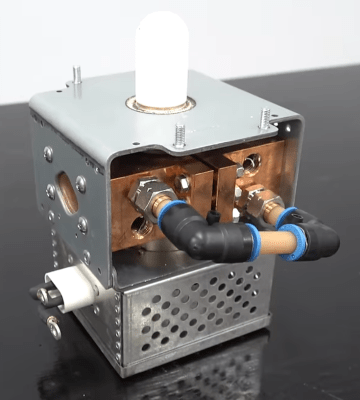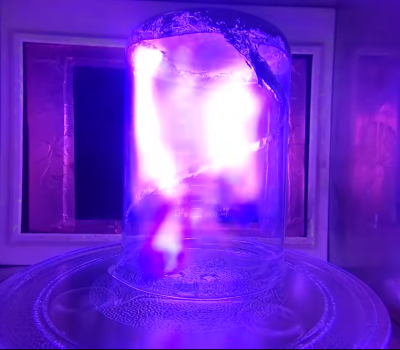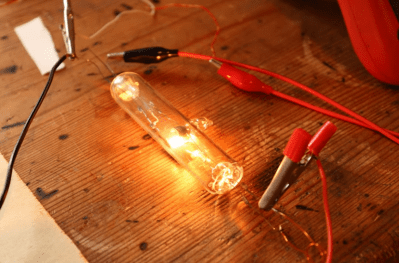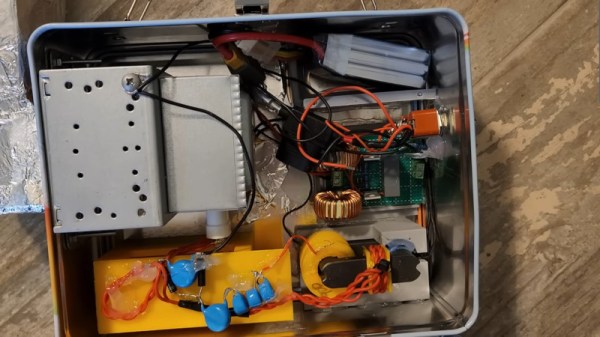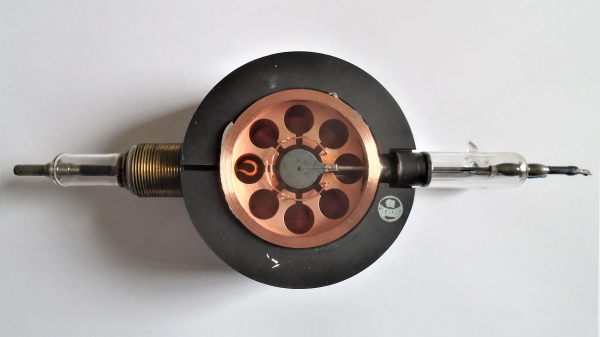[naturejab] shows off his solar powered pyrolysis machine which can convert scrap plastic into fuel. According to the video, this is the world’s most complex hand-made pyrolysis reactor ever made. We will give him some wiggle room there around “complex” and “hand-made”, because whatever else you have to say about it this machine is incredibly cool!
As you may know pyrolysis is a process wherein heat is applied to organic material in an inert environment (such as a vacuum) which causes the separation of its covalent bonds thereby causing it to decompose. In this case we decompose scrap plastic into what it was made from: natural gas and petroleum.
His facility is one hundred percent solar powered. The battery is a 100 kWh Komodo commercial power tank. He has in the order of twenty solar power panels laying in the grass behind the facility giving him eight or nine kilowatts. The first step in using the machine, after turning it on, is to load scrap plastic into it; this is done by means of a vacuum pump attached to a large flexible tube. The plastic gets pumped through the top chamber into the bottom chamber, which contains blades that help move the plastic through it. The two chambers are isolated by a valve — operating it allows either chamber to be pumped down to vacuum independently.
Once the plastic is in the main vacuum chamber, the eight active magnetrons — the same type of device you’d find in your typical microwave oven — begin to break down the plastic. As there’s no air in the vacuum chamber, the plastic won’t catch fire when it gets hot. Instead it melts, returning to petroleum and natural gas vapor which it was made from. Eventually the resultant vapor flows through a dephlegmator cooling into crude oil and natural gas which are stored separately for later use and further processing.
If you’re interested in pyrolysis you might like to read Methane Pyrolysis: Producing Green Hydrogen Without Carbon Emissions.
Continue reading “Solar Powered Pyrolysis Facility Converts Scrap Plastic Into Fuel”




